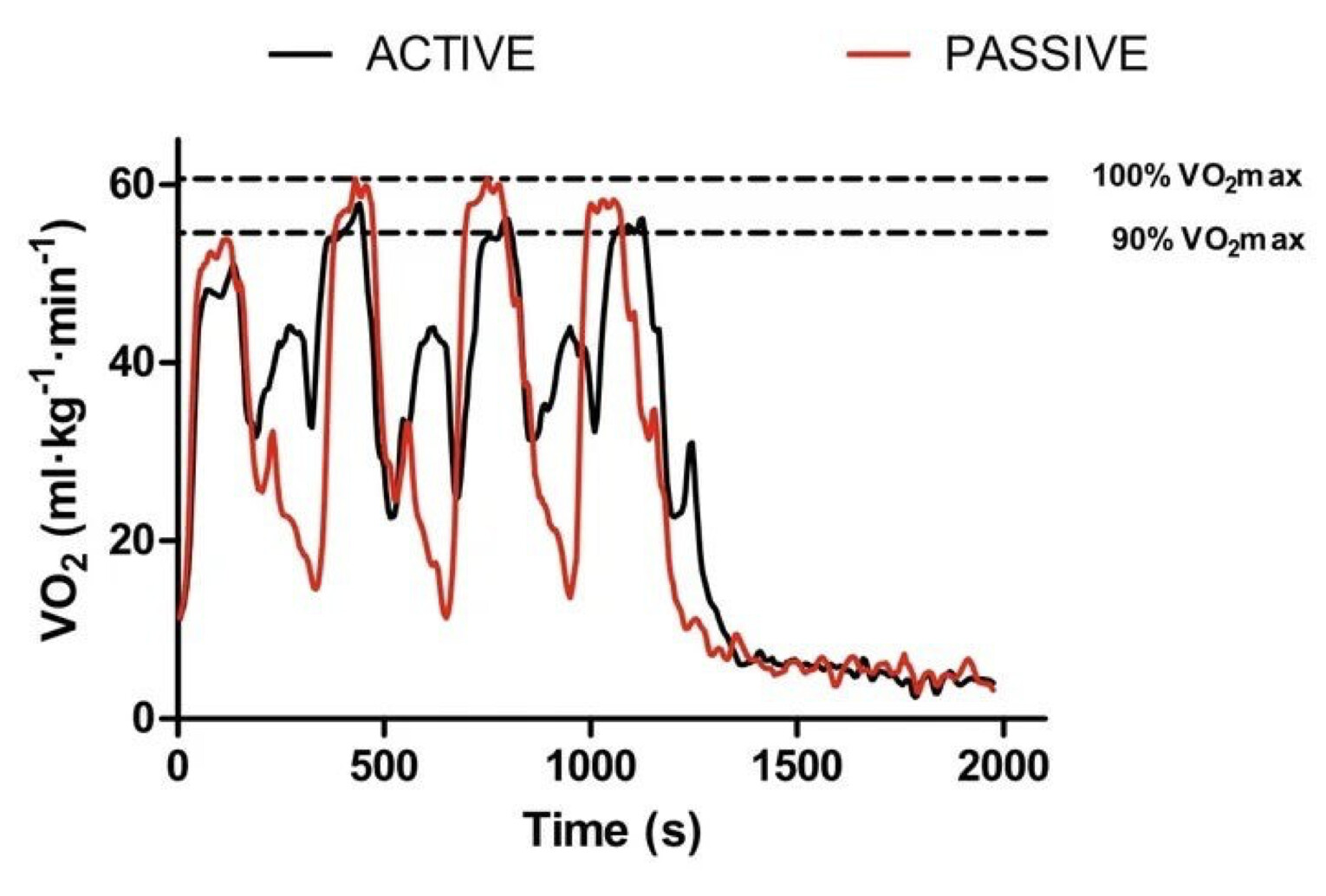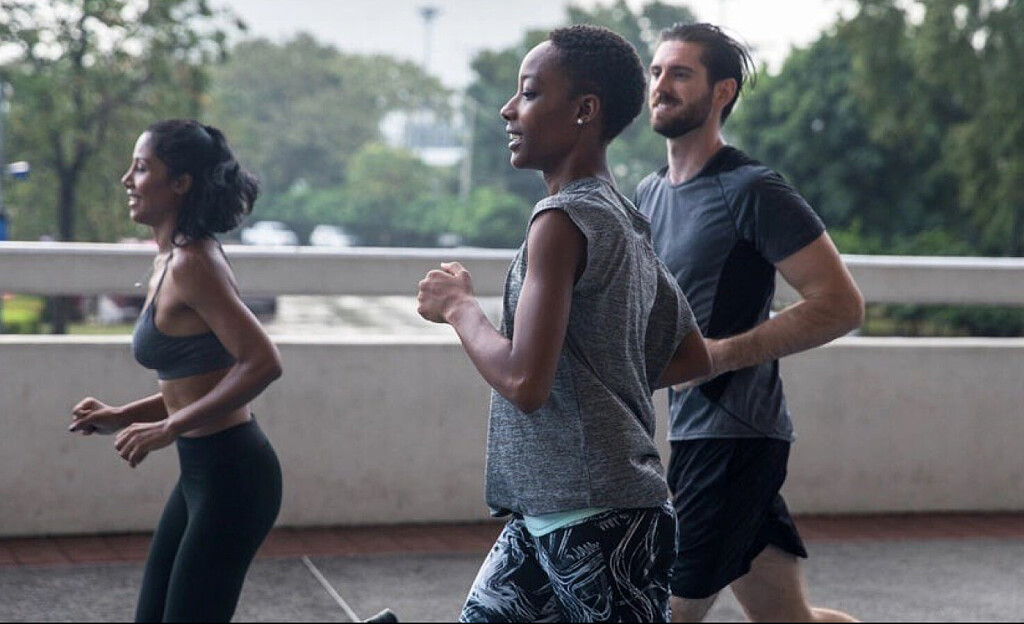Running News Daily
Running News Daily is edited by Bob Anderson. Send your news items to bob@mybestruns.com Advertising opportunities available. Train the Kenyan Way at KATA Kenya and Portugal owned and operated by Bob Anderson. Be sure to catch our movie A Long Run the movie KATA Running Camps and KATA Potato Farms - 31 now open in Kenya! https://kata.ke/
Index to Daily Posts · Sign Up For Updates · Run The World Feed
Why You Should Jog the Recovery in Interval Workouts
I used to train with a group that spanned the spectrum from milers to marathoners, all at a similar competitive level. For large stretches of autumn and winter, we could all train together in some approximation of harmony. But during track sessions, tensions would sometimes mount. The milers would start gapping the marathoners during shorter intervals-and in retaliation, the marathoners would push the recovery jogs to prevent the milers from catching their breath before the next rep. It was a nice illustration of different methods and mindsets about recovery.
A new study from researchers in Spain delves into this culture clash, comparing active (jogging) and passive (standing around) recovery between repeats during interval workouts. It's the latest in a long line of such studies, which have on the whole produced a confusing and contradictory body of research. This one doesn't offer any final answers, but it may help clarify which questions are worth asking.

The study was published in the European Journal of Applied Physiology (where it's free to read online) by a research team led by Eliseo Iglesias-Soler of the University of A Corua in Spain. It had 11 well-trained distance runners do a workout of 4 x 2:00 at their maximum aerobic speed, with 2:00 of either rest or jogging between intervals. They ran the workouts on an outdoor track, with a bike pacing them at their prescribed speeds (including during the jog rest, which was at 80 percent of their second ventilatory threshold). They also did five two-footed jumps immediately after each rep, which was supposed to assess their neuromuscular function, but seems like an odd thing to insert in the middle of a workout when you're trying to understand recovery dynamics.
Here's the key piece of data from one of the runners, showing his oxygen usage (VO2) as the workout progressed:
You can see that he uses more oxygen when he's running hard, and less when he's recovering. You can also see that he uses more oxygen during the jog recoveries (black lines) than the complete rests (red lines). The interesting part is the peaks. The whole point of interval workouts, according to one school of thought, is that it allows you to spend more time in the extreme zone, shown here as dotted lines between 90 and 100 percent of VO2 max, compared to just going out and running as hard as you can until you drop. The rest between reps enables you to suffer more rather than less.
In this case, the red peaks are higher than the black peaks: taking a complete rest enables this runner to spend more time in the extreme zone. Overall, the average results are ambiguous, though the complete rest does seem (with borderline statistical significance) to enable the runners to spend more time at peak VO2. On the other hand, perceived effort measured immediately after each hard repeat is lower with complete rest. As a result, the researchers conclude that complete rest is preferable for this type of workout: you get similar cardiorespiratory benefits but it feels easier.
There are a few caveats, though. One is that identical speeds were prescribed for the repeats. Perhaps the slightly lower VO2 values with active recovery mean that, if speeds were freely chosen, you'd actually run a faster workout with jog rests. This is, after all, one of the main rationales used to justify jog recoveries: the low-intensity exercise keeps blood flowing, which eliminates metabolic waste products such as lactate and protons more quickly, and thus enables you to go faster in the next interval. (The idea that lactate causes muscular fatigue has fallen out of favor, but it's still plausible that lactate levels are correlated with performance-impairing metabolites.)
In this study, lactate levels were only measured after the workout was over, and they were indeed significantly higher (6.93 vs. 6.24 mmol/L) in the complete rest condition. But a 2014 study tracked them every 45 seconds during a three-minute recovery period after an all-out 30-second interval. Lactate levels were initially identical for complete rest and easy cycling, but started to diverge after about two minutes. This suggests that the physiological benefits of active recovery kick in around then.
But all this, in turn, raises a deeper physiological (or perhaps philosophical) question: Is it better to make your workout harder or easier? You could argue that standing completely still is the best option because your muscles will be bathed in lactate and you'll get practice running under those conditions. Or you could argue that jogging is better, because you'll be training your body to eliminate lactate from the bloodstream more quickly, and enabling your legs to run faster. The only real way to resolve this debate is to forget about physiological measures and do a training study: get a bunch of people, train half of them with jog recoveries, half of them with complete rest, and see who makes the biggest improvements. It would be a very hard study to do.
In reality, there's unlikely to be a single best answer for how to recover between intervals. Instead, understanding the physiology of recovery gives you some tools to decide what's appropriate for a given session with given goals. If your goal is simply to run the workout as fast as possible, then you're probably better off walking the recovery or standing still if the recovery is short-a minute or less, say. That's because complete rest helps restore phosphocreatine, which is the instant energy that fuels sprints and the initial seconds of longer runs. If you're taking a couple minutes or more, then light jogging is likely to help you run fastest, thanks to the enhanced blood flow clearing lactate and other metabolites.
Then there's the mental dimension. In Once a Runner, Quenton Cassidy bends over in exhaustion after winning the Millrose Games. His mentor comes over to chastise him: "Don't you grab those knees, boy Here are your sweats, get 'em on. But don't you grab those knees though because you got to run a little of that off. You have just become the Wanamaker Mile champion and you got to let them know"
I only started jogging recoveries after college, and it was initially a big adjustment. It's a mental challenge to finish a hard interval and then force yourself to keep jogging-which, I suspect, is why the effort ratings were a little higher in the new Spanish study. But once you get over that hump, you realize that it's not actually any harder physically. And there's something intangible about finishing a hard interval with a training group, and seeing half of them bend over in distress while you jog calmly onward. I'm not saying you should get competitive with your training partners-but if the goal is racing, then it doesn't hurt now and then to subtly let them (and yourself) know
by Trail Runner Magazine
Login to leave a comment




